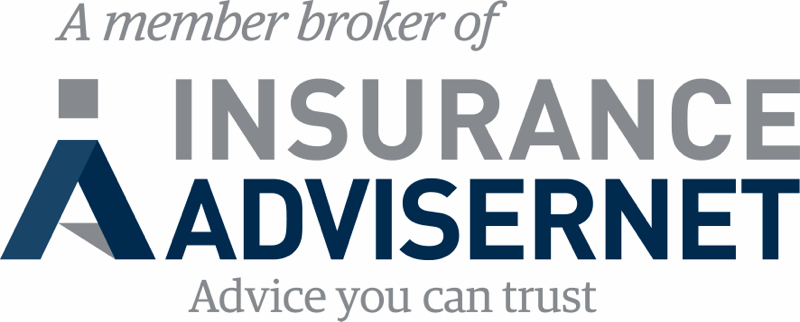Looking Forward: New Opportunities in New Zealand’s Infrastructure
After a tumultuous period in the past few years, New Zealand’s infrastructure sector can now look forward to new agencies, tools, and mechanisms to help them navigate the months ahead.
A report by law firm Bell Gully, titled The Big Picture: Infrastructure – changing tides and new opportunities, discusses how key initiatives have been implemented to deliver much needed infrastructure to the nation.
Here are the key points to note.
The new regulatory landscape
According to the report, four central agencies and entities will be critical in driving New Zealand’s infrastructure sector.
- The Treasury: Advising the Minister for Infrastructure and Minister of Finance on issues pertaining to the investment and management of key infrastructure, funding and financing, and performance monitoring of the other three key infrastructure agencies.
- New Zealand Infrastructure Commission – Te Waihanga: Responsible for independent strategic policy advice to the government, developing the National Infrastructure plan, and managing overall infrastructure pipeline.
- Crown Infrastructure Delivery Ltd (CID) – Rau Paenga: Delivery and support of Crown infrastructure projects on behalf of agencies and entities.
- National Infrastructure Funding and Financing LTD: A new national infrastructure agency undertaking CID’s existing functions and responsibilities as of 1st December 2024.
The new framework for funding and financing
On 2nd December 2024, the government introduced the ‘Funding and Financing Framework’ to address New Zealand’s Infrastructure deficit. The new framework has two key goals: To expand funding opportunities, and to encourage more optimised spending.
To ensure that the country maximises its investment outcomes, the ‘Funding and Financing Framework’ has introduced a three-stage process when deciding on Crown investment:
- Assess the project’s standalone funding potential
- Develop the optimal solution for any funding and/or financing gap
- Consider long-term implications and financial risks
The framework will be key to exploring partnerships in the private sector, which the government has expressed as a priority.
A blueprint for future PPP transactions
A PPP is a long-term contract for the delivery of services requiring a new asset or an upgrade of an existing asset. In a PPP, the Crown has full legal ownership of the asset, which is financed on a non-recourse basis by an external source.
New Zealand has had eight PPPs in the past, but they were fraught with commercial challenges. The government has since released a PPP framework to ensure that all PPP transactions are successful and built to solve the country’s infrastructure deficit.
The proposed enhancements to the PPP are done in three categories: Policy updates, model and contract suite updates, and process updates.
New guidelines for market-led proposals
A market-led proposal is when a private sector participant submits a proposal directly to the government without the government requesting it. It is an alternative to the typical government-led procurement method involving tendering. Until today, New Zealand has not had a successful market-led proposal.
The government’s introduction of new guidelines for market-led proposals aims to welcome private sector ideas in tackling New Zealand’s infrastructure deficit. This latest proposal is guided by the three guiding principles – Public interest, Exclusivity, and Value for Money.
The government will also use a five-stage process when developing market-led proposals:
- Mandatory pre-submission review
- Initial submission and preliminary assessment
- Strategic assessment of initial assessment
- Detailed proposal
- Negotiation of the final binding offer
New strategic leasing guidelines
Strategic leasing occurs when the government leases a critical asset from its owner in exchange for a lease payment. Compared to traditional procurement, strategic leasing is done with the goal of providing overall value for money to the nation’s infrastructure.
The government issued the ‘Strategic Leasing Guidelines’ to help government agencies decide whether leasing assets is appropriate for delivering public goods or whether the private sector is better positioned to own and maintain said infrastructure.
Additionally, the guide highlights best practices and considerations that public sectors are expected to incorporate into their strategic leasing arrangements. The new guideline is another tool for optimising the delivery and procurement of infrastructure assets.
Resource management – new time frames
The ‘Resource Management Amendment Bill’ was introduced on 9th December to encourage better use of government resources. The amendments related to infrastructure involve decision-making timeframes, consent periods, lapse periods, and status for port operators.
This includes a one-year decision-making on resource consents for Specified Energy Activities, such as solar, wind, and geothermal. It also consists of a standard default 35-year consent period for Specified Energy Activities and Long-lived Infrastructures like cycleways, rail and roads. Lastly, the amendment bill includes extended lapse periods from 5 to 10 years for renewable energy consent and designations.
Key takeaway
The new changes offer construction companies and stakeholders a fresh opportunity to reset their position in the promising months ahead. Builders should capitalise on the market by securing their projects, giving them and their customers peace of mind.
Bonded NZ helps builders and contractors find the best insurance, warranties, and surety bonds that keep their best interests in mind. Whether it's a big or small project, our cost-effective options help them secure their projects at every angle.
For more information about our services, contact our team today.
Read the full report - The Big Picture: Infrastructure – changing tides and new opportunities.
 =
=